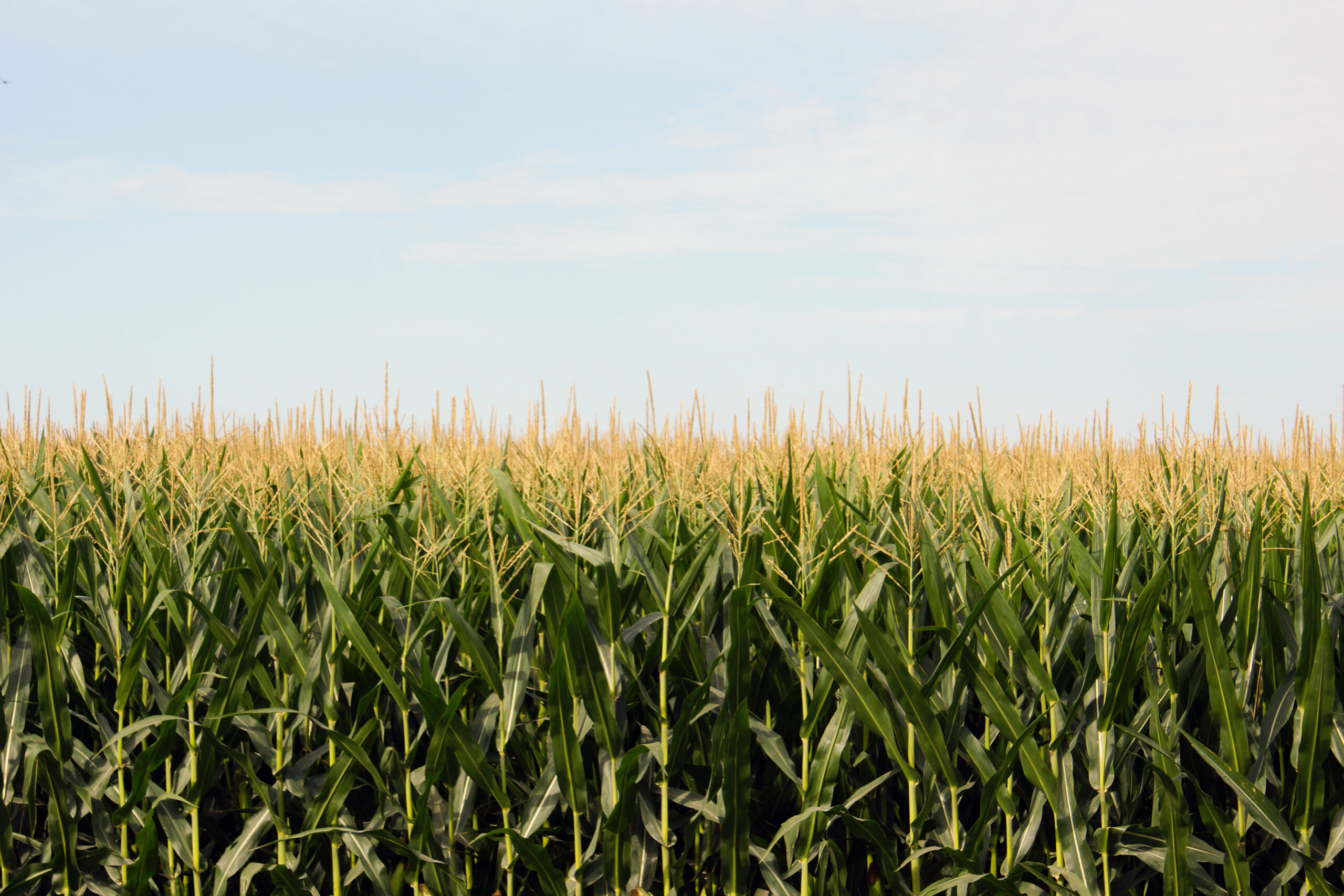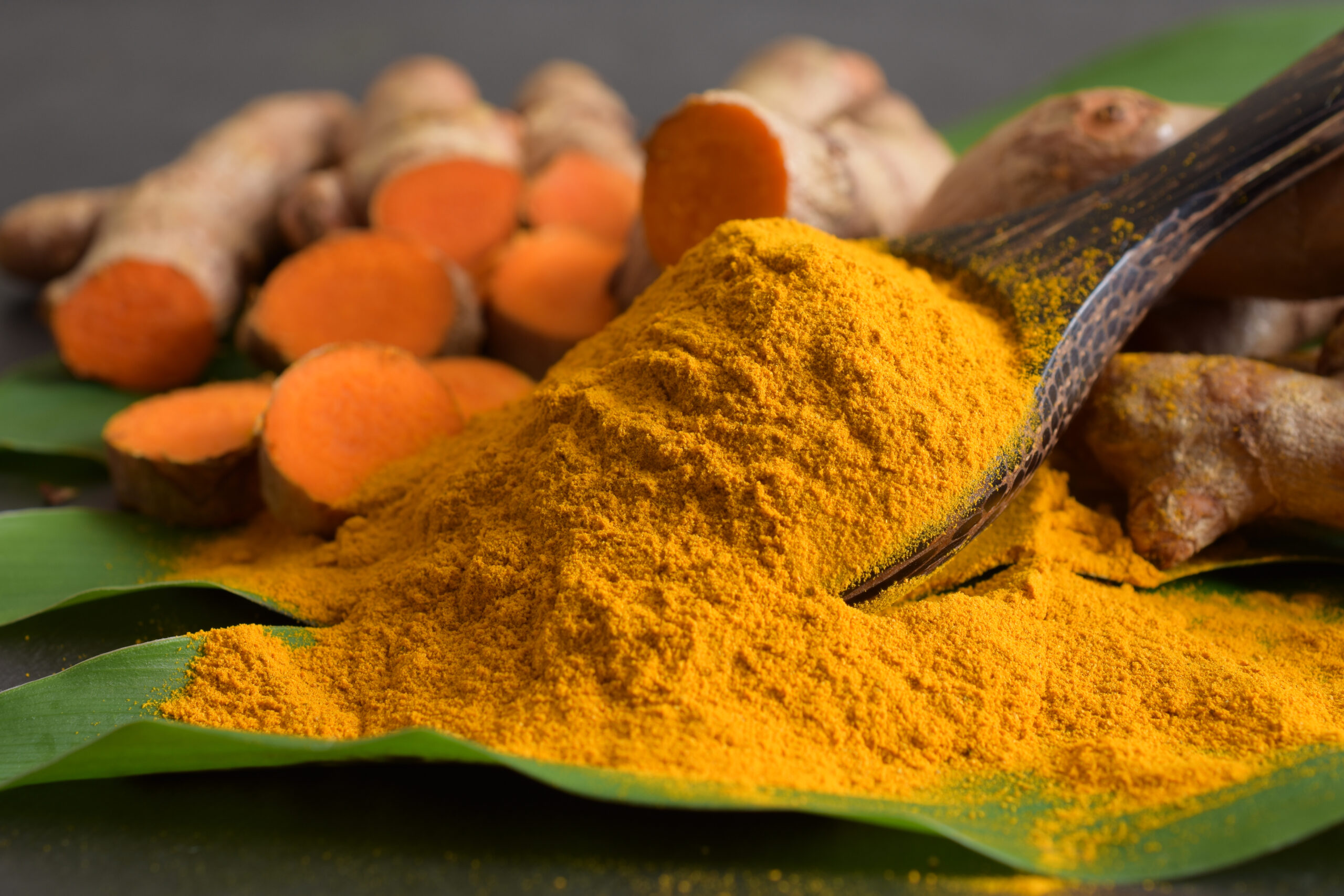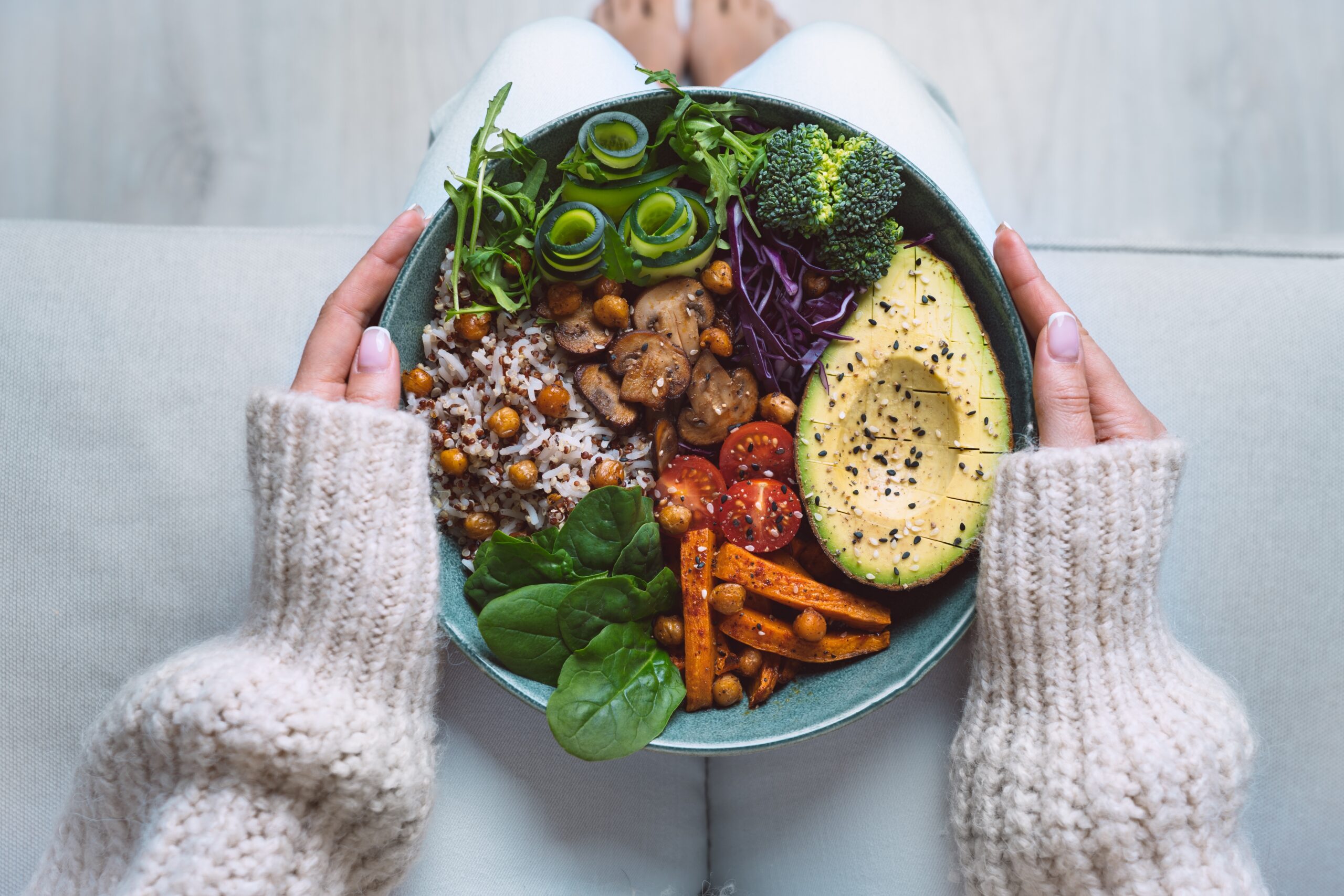Farro, the ancient grain that fed Roman legions and vanished into obscurity, has staged a comeback so dramatic and delicious it could make quinoa green with envy—discover why every food editor is raving about farro.
At a Glance
- Farro is one of the oldest cultivated grains, dating back over 10,000 years to the Fertile Crescent.
- High in protein, fiber, and essential minerals, farro delivers powerful health benefits with every serving.
- Resurgence fueled by the Mediterranean diet, scientific research, and the ancient grains trend.
- Farro is not gluten-free, but otherwise a versatile, flavorful staple for those seeking better nutrition.
Farro: The Ancient Grain Rewriting Modern Menus
Picture a grain so ancient its résumé predates the invention of the wheel, yet so trendy it’s now starring in posh salads and Instagram-worthy risottos. Farro isn’t just a relic from the Fertile Crescent—it’s a culinary chameleon that conquered Roman armies, fed Egyptian pharaohs, and then took a millennia-long sabbatical before making a triumphant return to the modern table. Why did it vanish? Modern wheat muscled in, promising bigger yields and easier processing, and farro’s rich, nutty flavor faded from memory. Fast-forward to the 21st century, and suddenly farro is the darling of food editors, dietitians, and anyone who’s ever uttered the phrase “whole-food nutrition” at a dinner party.
Farro is a whole grain packed with fiber and protein, making it a great addition to your diet. https://t.co/6GOKEOCSfe
— EatingWell Magazine (@EatingWell) July 27, 2025
The grain’s comeback story is fueled by a global appetite for whole grains and plant-based diets. As quinoa, barley, and spelt got their moments in the spotlight, farro quietly built a fan club among those who crave both flavor and function. Thanks to its chewy bite, nutty undertones, and uncanny ability to soak up dressings, farro now holds court in everything from hearty soups to summer salads. Health food stores and mainstream supermarkets across North America and Europe have taken the hint—farro is no longer just for ancient history buffs.
Watch: What Is Farro? The Fiber-Rich Ancient Grain with Benefits – YouTube
Why Nutrition Experts Want You to Eat More Farro
Farro isn’t just a grain; it’s a nutritional overachiever. Dietitians and nutritionists cite its impressive stats: up to 7 grams of fiber and 6–7 grams of protein per serving, alongside a generous helping of magnesium, iron, and zinc. This ancient wheat boasts slow-digesting carbohydrates, which means it delivers steady energy—a bonus for anyone tired of the mid-afternoon slump. Its high fiber content supports gut health, helps regulate blood sugar, and keeps you feeling full long after your meal.
Recent research backs these claims, linking whole grain consumption—farro included—to reduced risks of obesity, type 2 diabetes, and cardiovascular disease. Medical professionals highlight farro’s potential for weight management, blood sugar stability, and heart health. For vegetarians and vegans, its protein punch makes it an all-star in plant-forward kitchens. There’s only one caveat: farro contains gluten, so it’s off-limits for anyone with celiac disease or severe gluten sensitivity.
From Forgotten Grain to Food Industry Phenomenon
The rise of farro isn’t just a health story—it’s a business boom. As consumers demand more ancient grains, the food industry has responded with a flurry of innovations: quick-cooking farro, convenient ready-to-eat meals, and farro salads lining refrigerated cases from upscale grocers to neighborhood delis. Restaurants and meal delivery services now flaunt farro bowls alongside their kale and quinoa concoctions, eager to feed the appetite for something both “old world” and new.
Expert Take: Should You Make Farro Your New Pantry Staple?
If you’re on the fence about embracing a grain that predates the Great Pyramid, consider this: industry experts, including the Mayo Clinic and leading nutritionists, agree that farro ticks every box for health-conscious eaters. Its unique blend of protein, fiber, and minerals makes it a standout among grains, while its versatility means you’ll never run out of ways to enjoy it—hot, cold, as a main or a side. The only folks who need to steer clear are those with gluten intolerance; for everyone else, farro is a ticket to better health and more interesting meals.









